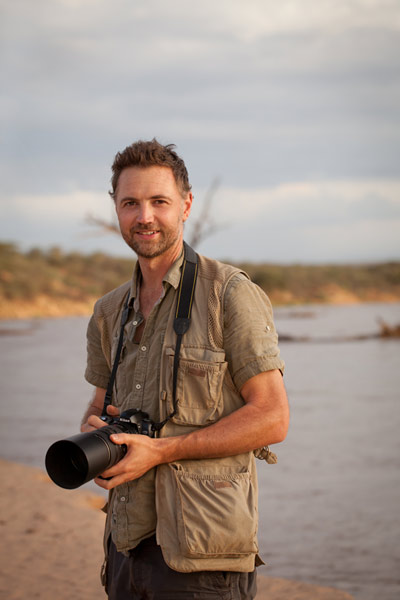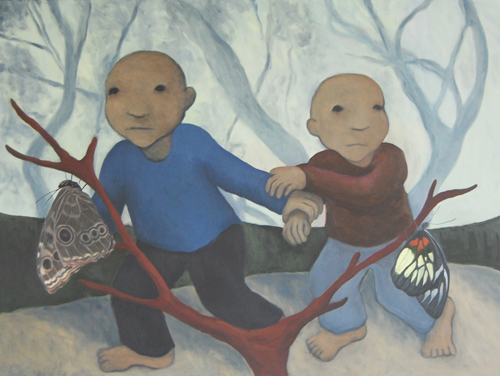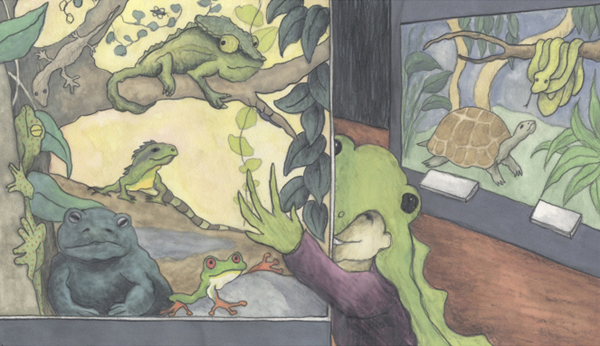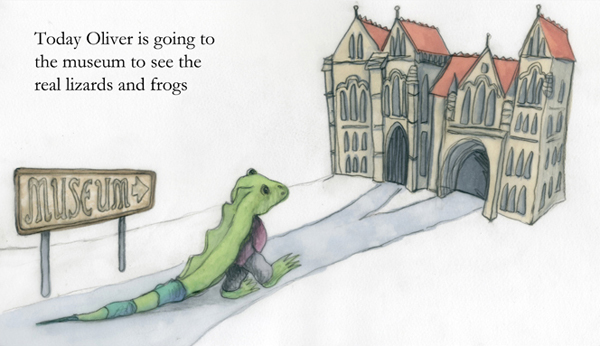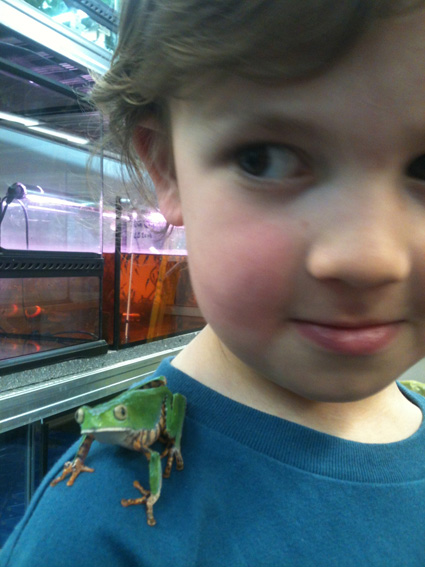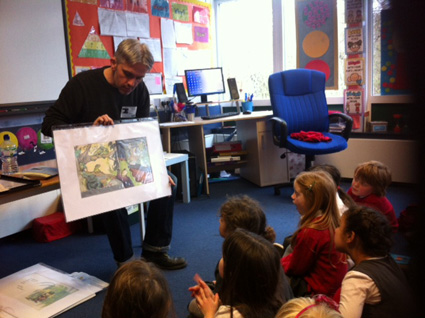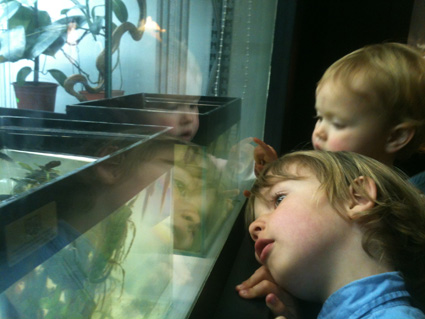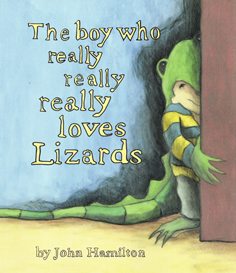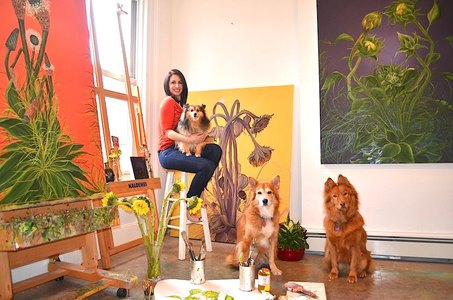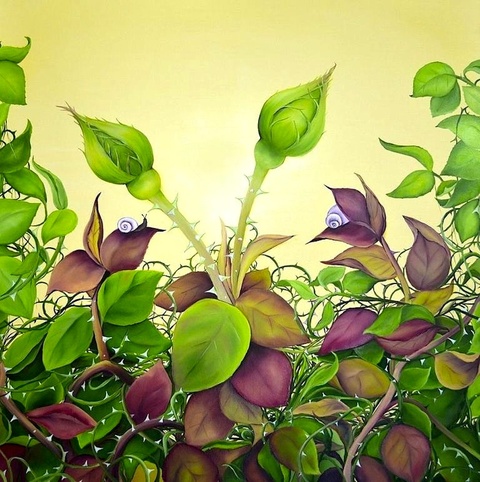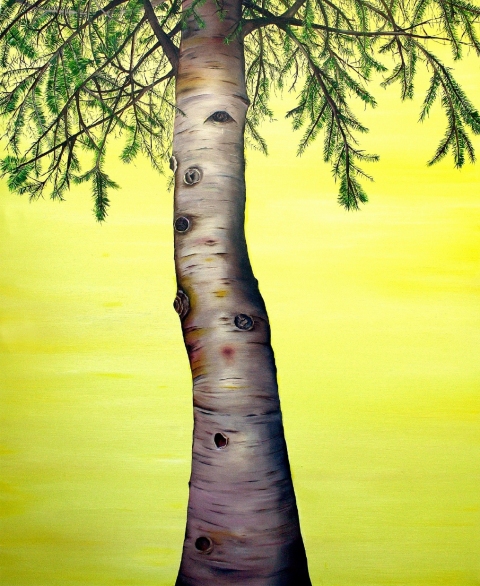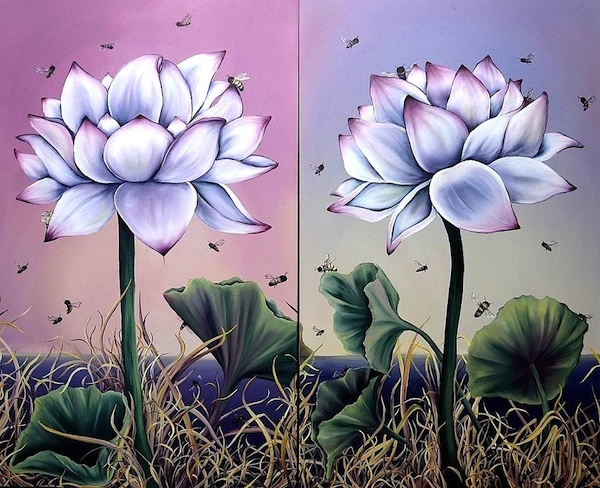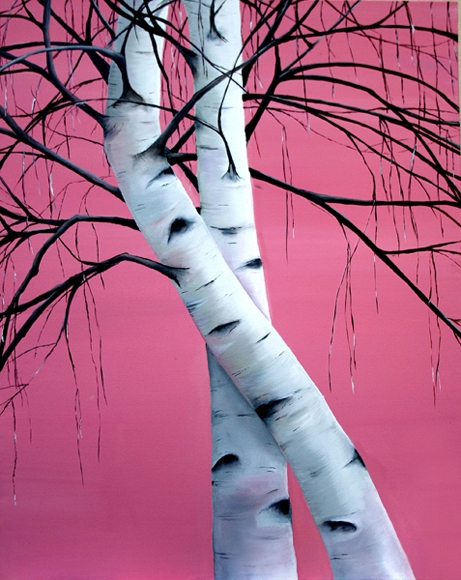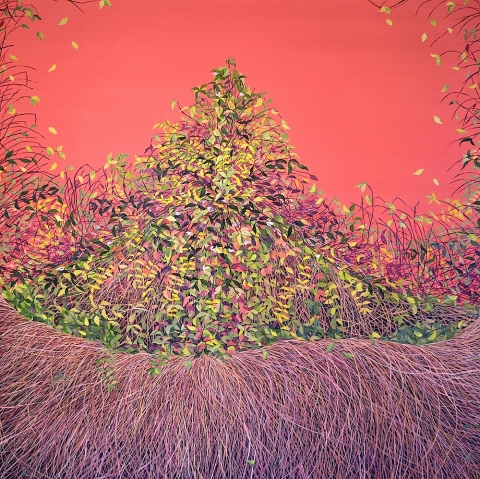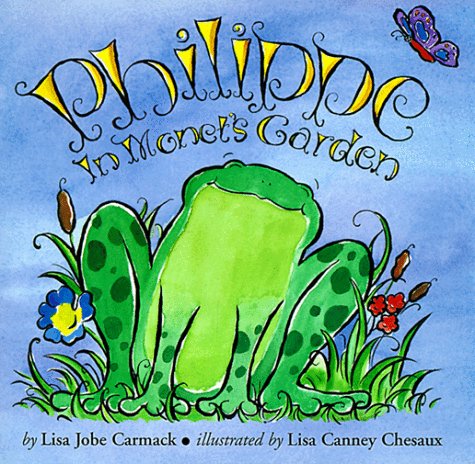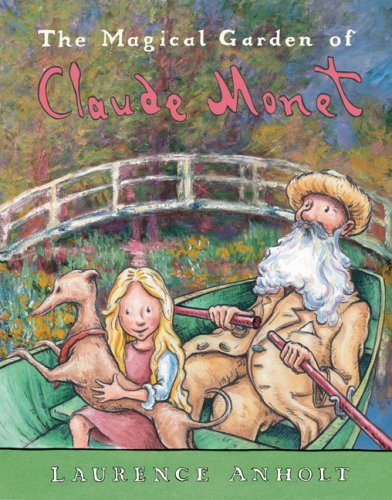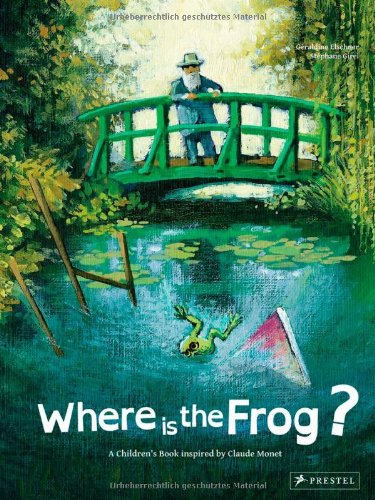When was your organization founded?
I’ve been a full-time artist since 2007, but making art since kindergarten, like when everyone else started.
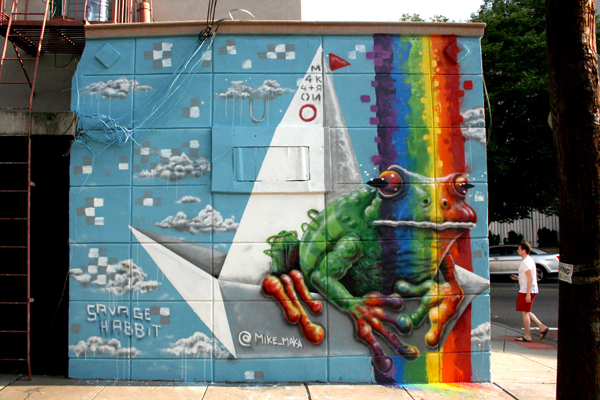
What is your educational background and what lead to creating this organization?
(I’m not really an organization, nor am I especially organized.)
I studied in universities in New York, Adelaide, and Melbourne, but have learned a lot from friends and travel. Studies included illustration, fine art, graphic design, philosophy of art, etc. But working many years as a bike courier and enjoying the extreme side of life naturally led to climbing buildings, street art and graffiti. which has turned into a career or life.
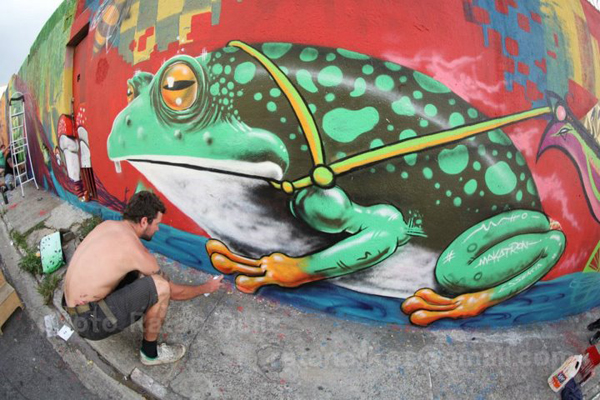
What are some challenges you have faced and how did you deal with them?
I struggle with the business side of being an artist, such as pricing things, understanding the bigger market picture of what I offer, and finding a balance of creative projects with necessary business operations. I’m trying to get other people to do certain things, like social media, proposal writing, residency research and grants, and graphic design. Things that I am good with, but will let me create more art. I have learned over the years that the choices I make to do projects that are more fun, and the content or imagery that I find to be the most fun and challenging, without worrying about a client or people’s opinion in general, will lead to further projects in the same vain… and the money side of things takes care of itself. (Example: people will approach me to do paid projects for what I want to do, rather than when I started… I would compromise to suit a certain type of cafe for example.)

How do you reach your targeted audience?
Is it through your website, advertising or social media or another route? Which is most effective and why?
I paint a lot on the streets, which is a better feeling of ephemerality than canvas work. More people will see street works than in a gallery, but many more will see the art on the internet.
I don’t like to think in terms of advertising, or branding, as it kills the creativity.
There are a lot of bloggers out there who put my stuff on social media, but Instagram seems to be the main thing at the moment, and the best thing for me is it keeps me off Facebook with the direct share option.
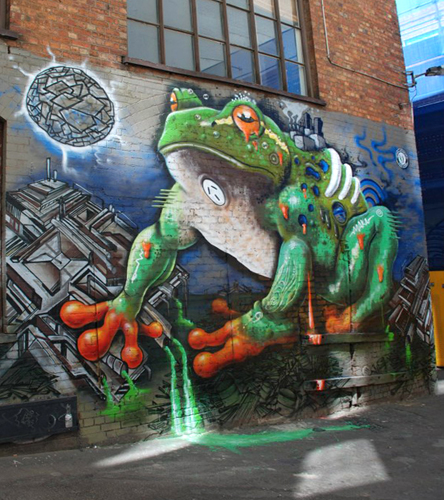
How do you keep the audience engaged over time?
I think I have more of a problem of changing styles and content too much that would loose an audience, but again I don’t like to think about engaging an audience, but aim at an introspective view of my own mind. It does make me happy to know people enjoy some of my work, but also makes me happy when I can create something that isn’t main stream and doesn’t have mass appeal.
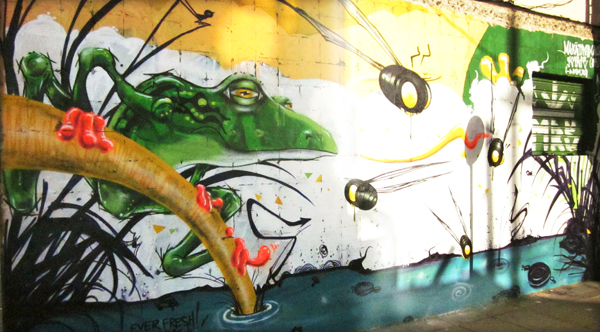
Tell us about your events around the world and some of the campaigns you have started.
I recently spent a month in New York City, painted many walls and went up to Toronto and through Los Angeles to paint a few walls. I’ve painted in around 20 countries and hope to paint more.
What is in the works for the future? What haven’t you yet tackled, but will want to do soon?
I have a lot of walls to do in Melbourne in the next month. September 6th will be the opening day of the new Everfresh Studios. October, I am planning a month long freedom drive up the east coast to link up 4 paid projects as well as whatever else I can find along the way. Living and working out of my bus (and probably a few friends houses.)
Later in November, I’m going to be the subject of a German documentary film crew, who will shoot an episode for their series.
I also plan on being back at the Miami Basel in December, and have plans to build a pyramid in Tulum or Playa del Carmen, which will be an art piece, but also a functioning permaculture garden prototype.
I am looking at art residencies in some Latin countries, and hope to be able to make this happen in 2014. Hopefully, Portugal, Brazil or somewhere Spanish speaking.
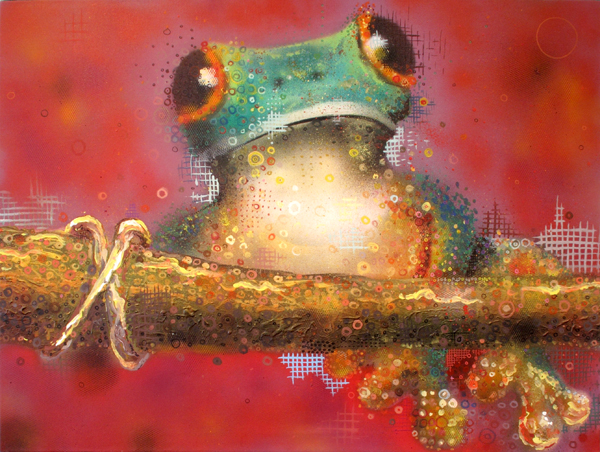
Bonus Bite:
The big snail wall has a frog reference, on the post box bottom right in the rubbish, the Puerto Rican guy who owned the building asked me to do his tattoo, a native symbol of his homeland, which is a famous frog, I can’t remember the name, but it was taken to Hawaii for some reason to do with people working there. I think they missed the sound it made, but they didn’t take the natural predator, so it thrives in Hawaii now… (this is the Coquí, Eleutherodactylus coqui)
To learn more about Mike Maka, visit the links below:
Website: http://www.makatron.com
Instagram: Instagram.com/mike_maka
Facebook: Mike Makatron
Vimeo: https://vimeo.com/mikemaka

